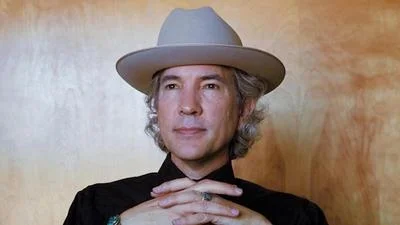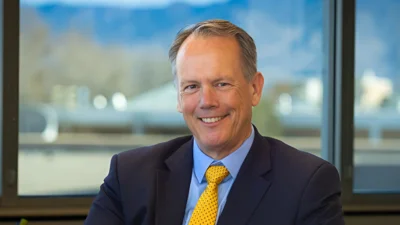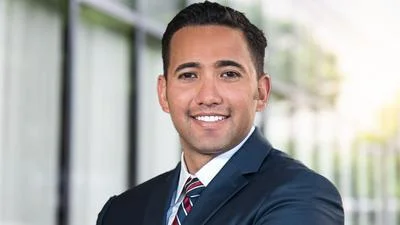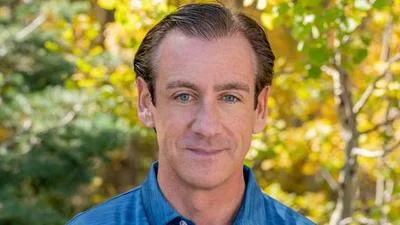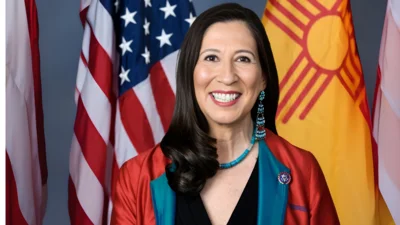Rep. Yanira Gurrola House District 16 | Sierra Club Rio Grande Chapter
The Environmental Protection Agency (EPA) has introduced new draft regulations aimed at reducing methane emissions and other pollutants from the oil and gas sector. Methane, a potent greenhouse gas, is over 80 times more powerful than carbon dioxide over two decades and poses significant health risks when released alongside other harmful pollutants.
Under the previous administration, efforts were made to remove limits on methane emissions from new oil and gas equipment. However, President Biden reinstated these protections in June. The newly proposed EPA rules aim to enhance these safeguards by setting stricter limits on emissions from new sources and introducing controls for existing infrastructure for the first time.
The anticipated impact of these rules includes a reduction of 41 million tons of methane pollution, 12 million tons of smog- and soot-forming compounds, and 480,000 tons of hazardous air toxins by 2035. Nevertheless, environmental advocates argue that further reductions are feasible. A target reduction of 65 percent in methane emissions by 2025 could be achieved using current technologies at a low cost. To achieve this goal, the EPA would need to include comprehensive leak monitoring requirements for all wells, enforce strict limitations on routine flaring at oil wells, among other measures. The agency plans to propose additional changes early next year.
Several New Mexico community and environmental leaders have expressed their views:
Kayley Shoup from Citizens Caring for the Future emphasized the importance of strong regulations: “As people living on the frontlines we know that if the industry can find a loophole in regulation then they will utilize the loophole...strong rules that require regular inspections of well sites are absolutely crucial.”
Barbara Webber of Health Action New Mexico highlighted health concerns: “The current and future health of our people must take precedence over profit...Methane drives the climate crisis which increases public safety with major climate catastrophes each month.”
Sister Joan Brown from New Mexico & El Paso Region Interfaith Power and Light described climate change as an ethical concern: “People of faith see climate change as the greatest ethical and moral concern of our time...We must work for strong methane rules.”
James Jimenez from New Mexico Voices for Children noted economic benefits: “Methane mitigation not only keeps potent greenhouse gasses out of the atmosphere...when captured, methane can be sold on the market.”
Camilla Feibelman from Sierra Club Rio Grande Chapter called for stronger rules: “These EPA rules are a strong start but they’re going to need to end up even stronger if we’re going to truly protect our kids.”
Emily Wolf from New Mexico National Parks Conservation Association underscored ecosystem protection: “Strong methane rules from the EPA are absolutely crucial...our parks are becoming even more important sanctuaries.”
Erik Schlenker-Goodrich from Western Environmental Law Center commended EPA's leadership: “We thus applaud EPA’s leadership to overcome this obstruction...expand the vision and ambition of methane rules.”
Dr. Virginia Necochea from New Mexico Environmental Law Center urged bold action: “However, the climate emergency calls for even bolder action during this window...to avoid a climate catastrophe."
Contact information was provided for Camilla Feibelman at camilla.feibelman@sierraclub.org or 505.715.8388.

